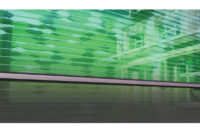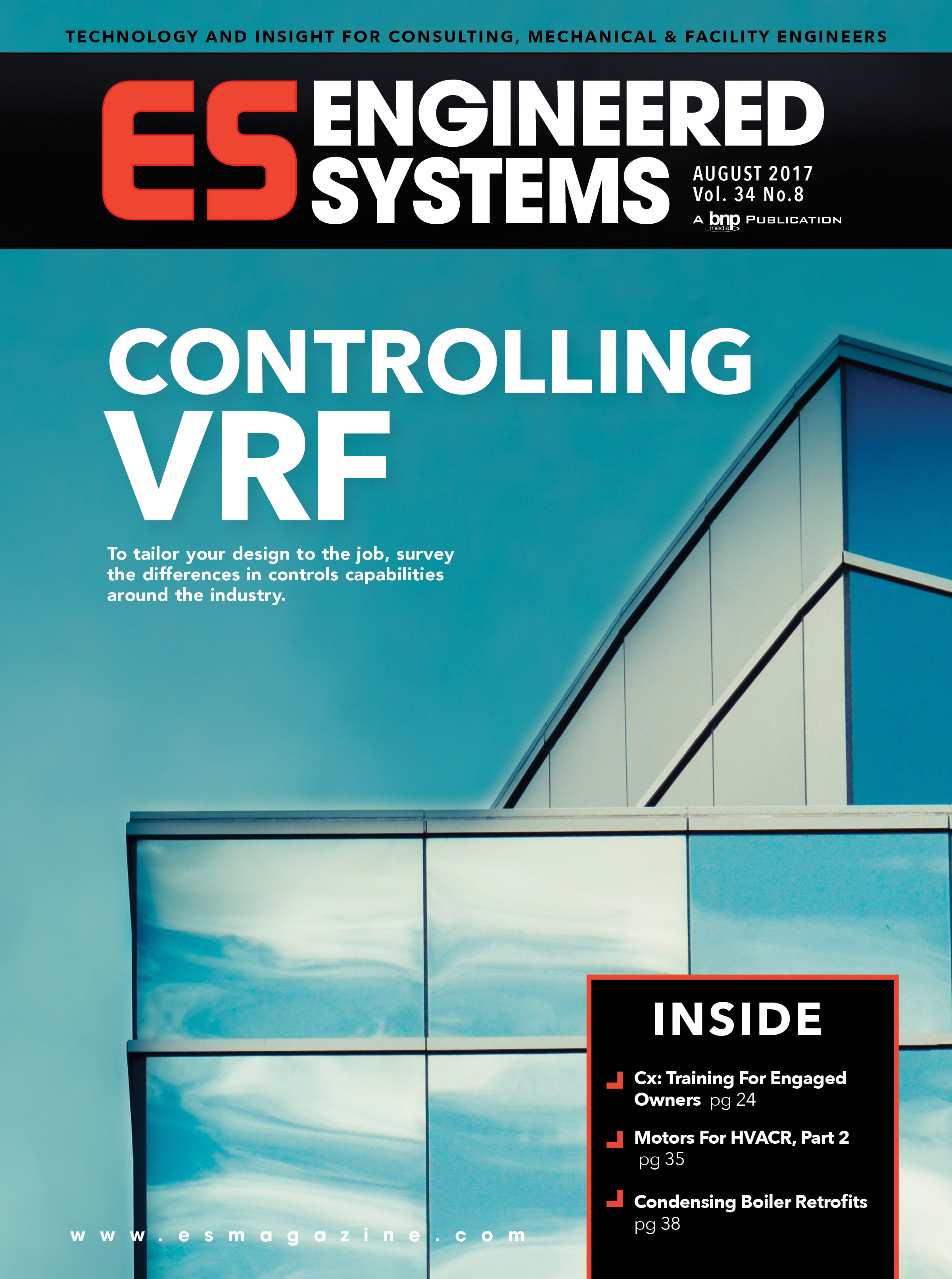This month, we thought we’d try something different and take a quick look around at some ways the piping side of the industry has developed since the then-standard equipment of a generation ago. From developments in couplings to software to non-traditional piping materials and techniques, the emphasis is on flexibility and reducing costs by achieving the same results in less time.
Let’s start in the couplings and fitting departments. After introducing its “installation-ready” product line in 2005, the company released various associated couplings for specific types of applications. Following 2007’s first HVAC-specific coupling, last year saw Victaulic release the Style 177 QuickVic® flexible coupling, designed for HVAC, utility, and process piping.
The timesaving advantage claimed by the manufacturer can reach up to ten times’ faster installation over other pipe-joining methods involving welding, brazing, soldering, or flanging. As well as eliminating the need for heat, the single-unit design is meant to eliminate problems with any loose or dropped parts, requiring just a tightening with common tools.
Another key is a proprietary “EHP” gasket material for performance at a wide range of temperatures when joining standard roll-grooved and cut-grooved steel pipe.
Heat Fusion: Finding a Home in the U.S.
As for the material of the pipe itself, Aquatherm has taken another tack with its polypropylene piping systems. Here, installation involved heat fusion, which uses heat from an electric welding iron while avoiding flames or fumes. In one way, the polypropylene technique is similar to variable refrigerant flow technology that is still nascent in the United States but business-as-usual in Europe and elsewhere.
Aquatherm president Steve Clark, P.E., explains that heat fusion “has proven successful worldwide for over 35 years. Heat fusion physically joins two separate pieces of plastic, in this case a pipe and fitting, without burning them or altering them chemically. By heating up polypropylene and allowing it to cool under pressure, the two pieces literally become one, forming a bond that is nearly indistinguishable from the rest of the pipe and fitting.”
Clark also cites quicker time to set up, and the lack of foreign materials introduced into the system since the polypropylene from the two different pieces of piping are simply being mixed together to form their bond. While heat fusion is not recommended in applications involving temperatures above 220°F, otherwise the safety and IAQ aspects join a “30-second fusion” as reasons to make this another technology to investigate.
Insulated in Advance
While we often think of piping advancements in terms of the pipe’s material or installation details, Uponor puts a twist on that by incorporating value into what’s actually in the pipe upon delivery. The company touts its Ecoflex pre-insulated pipe as offering its own advantages for hydronic radiant heating and cooling systems.
The PEX-foam insulation and corrugated high-density polyethylene (HDPE) jacket encasing the piping is a constant, but Uponor offers the actual piping in a choice of PEX tubing or HDPE.
“The unique properties of Ecoflex make it ideal for commercial and residential applications that require insulated underground piping,” says Mark Hudoba, senior product manager, Heating and Cooling, at Uponor. “These lightweight, flexible, pre-insulated pipes are strong enough to tackle any application, yet their flexibility allows them to install easily and quickly without the hassle of added connections required with rigid systems.”
This product is available in single and twin configurations, which feature one or two Wirsbo hePEX™ service pipes; a Potable HDPE, which features one HDPE service pipe; and a Potable PEX, which features Uponor AquaPEX® tubing. The manufacturer points out that the long coil lengths eliminate most buried connections and pipe joints, saving time, and money while also reducing the risk of potential leak points.
When the Wall is Already Up
Meanwhile, the team at Viega also has its own line that was established in Europe before coming stateside: the PEX Press with Attached Sleeve Fitting System. For our audience, the most fitting (no pun intended) application is radiant systems. The company reports that it has used this press joining technology in Europe for more than a quarter century. There and in the United States over the past decade, they promote this system as an especially good selection wherever new tubing has to go into existing finished walls.
This approach requires no glue, solder, torches, or lubricants according to the company, which reports it is also “unaffected by installation temperature extremes because it does not rely on the expansion of the tubing to complete the joint.”
As for software, Viega provides free downloads of its Radiant Wizard 4.0R2 design and quotation tool, meant to help users of any level of expertise generate effective designs along with accurate quotes for radiant or snow melt situations.




